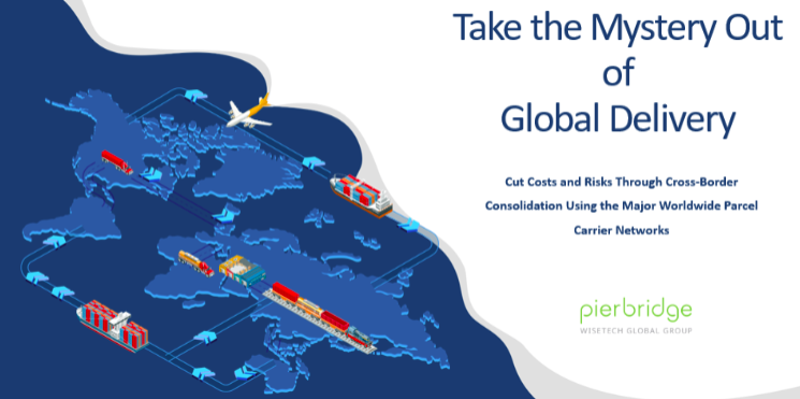While the global growth of eCommerce has opened up a new world of opportunities for retailers, e-tailers, and direct-to-consumer (D2C) brands, it has also opened up a new world of regulatory and operational challenges, ranging from customs compliance to tracking individual shipments.
Global shipping has grown by leaps and bounds year over year. As we’ve seen the eCommerce market explode, some estimates say that we will see 200 billion in parcel volume globally by 2025.
*UPDATE*
According to an eMarketer report, worldwide retail ecommerce sales grew 27.6% in 2020, totaling $4.280 trillion. This was a significant jump from its mid-pandemic findings of 16.5% growth. However, total worldwide retail sales declined by 3.0%, to $23.8 trillion.
Now, obviously, not all of those packages are going to be cross-border shipments. However, it still illustrates that there are many opportunities for shippers to expand their markets outside of their home country. While these opportunities exist and can add to revenues, there can also be challenges in understanding the best way to get products to customers around the world economically and meet delivery expectations.
A recent Pitney Bowes survey indicated that 49 percent of U.S. consumers shop cross-border with 62 percent of them on marketplaces and 38 percent directly from retailer sites. Additionally, the frequency of making those purchases is also up 5 percent over the previous year.
The COVID-19 crisis has accelerated that pace and may have created permanent changes in shopping habits. According to an article in Digital Commerce 360, as the coronavirus spread globally, shoppers purchased more from e-tailers outside of their home country. Cross-border online sales worldwide increased by 21 percent from January 1 to June 14, 2020, compared to the same period last year.
*UPDATE*
This is a trend that many expect to outlast the pandemic.
The International Post Corporation, a consortium of national postal service operators, said that 32% of cross-border shoppers from 40 countries purchased more from online retailers in other countries in 2020 and that 51% of shoppers expect to shop across borders in the future.
International success surrounded by challenges
Of course, while retailers and eCommerce companies are rightfully chasing that new business, they are facing new logistics challenges when shipping internationally, such as:
- Regulatory and customs challenges including maintaining customs compliance, meeting border security requirements, and addressing the de minimis dilemma
- Operational challenges such as accurately calculating true landed costs, normalizing siloed data, and tracking packages internationally
- Building out delivery networks in other countries
In a webinar hosted by PARCEL Media, Pierbridge VP of Product Management Mike Graves told the audience that incorporating cross-border consolidation into their shipping logistics can help overcome the challenges that international shippers are facing.
“Sending one parcel at a time for most businesses is cost prohibitive,” Graves told the hundred or so guests who had registered for the webinar. “Consolidated cross-border shipping is less costly because during most of the time in transit, parcels are traveling within a larger freight container. This also minimizes international compliance complexity because it clears customs as a single entry. Fewer touchpoints also means reduced damage claims, fewer returns, and increased customer satisfaction.“
While cross-border consolidation isn’t new—UPS, FedEx, and Pitney Bowes have been offering it for years—there are practical operational challenges. Having the right multi-carrier parcel management solution in place can help.
To learn more about bolstering your international shipping through cross-border consolidation and other methods, watch this on-demand recording of “Take the Mystery Out of Global Delivery” today.
